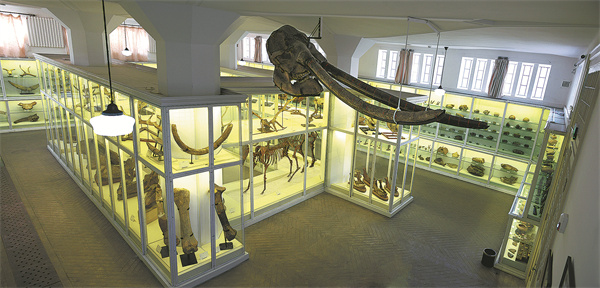

Great contributions
Licent, who was a Jesuit, devoted his life to scientific exploration in China, traversing vast expanses of northern China, amassing a trove of over 200,000 geological, paleontological, botanical and folklore specimens. He adopted the Chinese name Sang Zhihua.
His contributions to ancient mammalogy in China, including the discovery of four major ancient mammal groups across various provinces, have been pivotal in shaping the nation's paleontological landscape.
Acknowledged for unearthing the first Paleolithic artifact in China and advancing archaeological, paleomammalogy and anthropological research, Licent's legacy endures as a cornerstone of China's prehistoric archaeology. Under his watch, major discoveries were made.
His seminal discoveries are said to have dispelled the Western research circle's misconceptions about China's Paleolithic era, laying the groundwork for a century of archaeological exploration in the country.
He shipped some of his valuable research and findings to France while leaving the majority in China in the museum. For example, in the National Museum of Natural History in France, a skeleton of a woolly rhinoceros is on exhibition. This was discovered by Licent, while a similar one is on show in Tianjin.